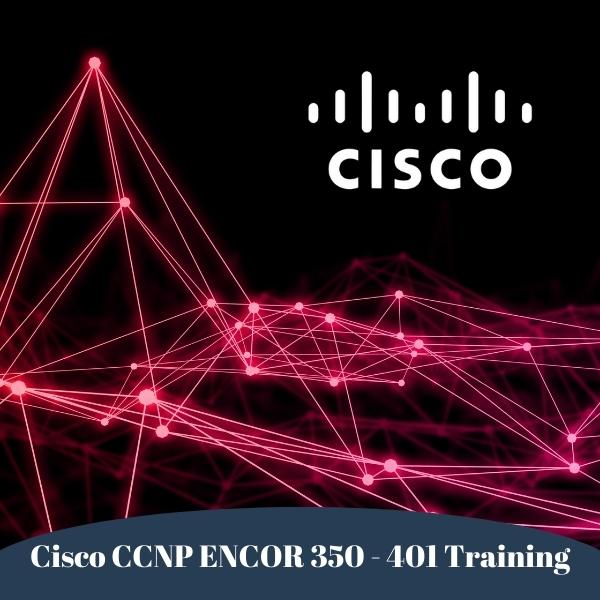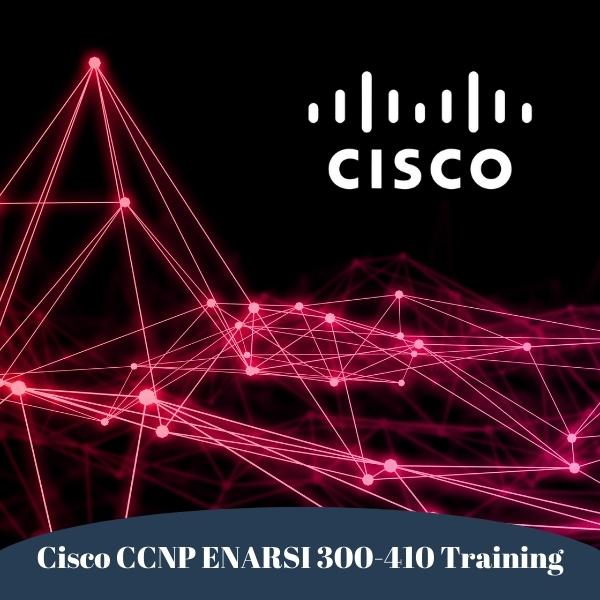Troubleshooting Common TCP/IP Issues
April 24, 2024
11 min read
JasonLake
Sources
<p>https://learn.microsoft.com/en-us/troubleshoot/windows-server/networking/troubleshoot-tcp-ip-communication-guidance<br>https://www.ibm.com/docs/en/aix/7.1?topic=protocol-tcpip-troubleshooting</p>
Related Courses
Enhance your knowledge with these recommended courses

Cisco CCNP ENCOR V1.1 350 - 401 Training - 2023 By Sajjad Ghaffoori
One of the best explanation for the CCNP ENCOR!
$69
View Course
Cisco CCNP ENARSI 300-410 Training By Sajjad Ghaffoori
Pass the Cisco CCNP ENARSI 300-410 exam certification with our CCNP Enarsi training course. Hundreds of our students successfully passed the CCNP Enarsi exam with this comprehensive training
$79
View CourseBecome an Instructor
Share your knowledge and expertise. Join our community of instructors and help others learn.
Apply Now
About the Author
JasonLake
I'm a network engineer who works for 8 years in the industry. I am trying to help people through my blogposts. Welcome to my blogs.
Share this Article
Subscribe for Exclusive Deals & Promotions
Stay informed about special discounts, limited-time offers, and promotional campaigns. Be the first to know when we launch new deals!